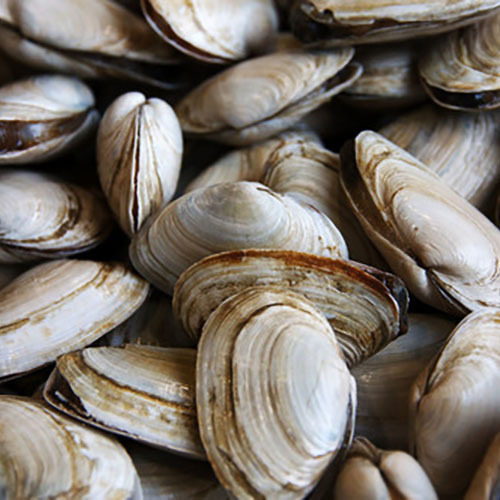Ozonation of Seawater for Shellfish
Coastal Water Pollution In Coastal Waters

Coastal water pollution has necessitated construction of shellfish depuration stations. Physical and chemical studies indicated that while ozone and bromates are absent from ozonized seawater, there is an increase in dissolved oxygen and residual oxidants. Water quality, temperature and variations in shellfish filtration capacities appear to govern oxidant longevity.
Problem
The increase in population along French coastal waters has created more problems with shellfish contamination. These shellfish are brought in from the sea, most being close to the coast and marketed to consumers throughout France and Europe. It is vital that these shellfish are free of contamination for their consumption.
Testing / Method

To ensure that the shellfish were free of contamination purification, plants were built to clean the shellfish. Total contact time varied between 6-10 minutes and the treatment ratio was 1-1.5 ppm. Ozone is increasingly being used at these plants to clean seawater and shellfish and have shown excellent results, especially if used with a retention trough. Both continuous and non-continuous purification of seawater were evaluated.
Conclusion / Results

Ozone was found to be a very effective means for purification of shellfish, with the continuous cleansing of seawater demonstrating the best results. Ozone significantly reduces pathogens and promotes an increase in the dissolved oxygen level. Furthermore, ozone did not affect taste or smell of the shellfish.
